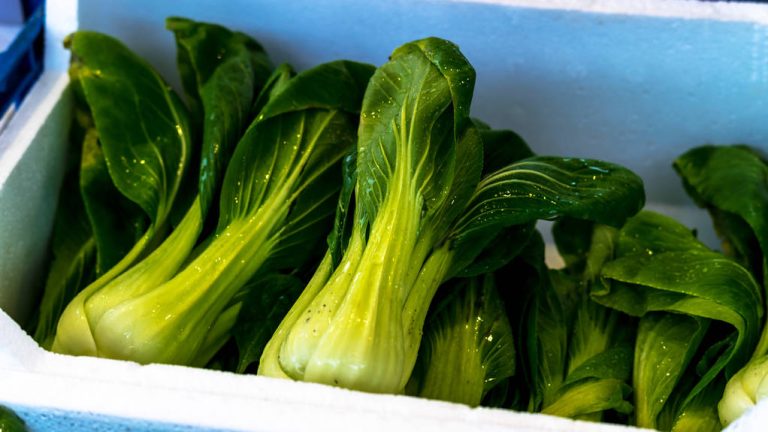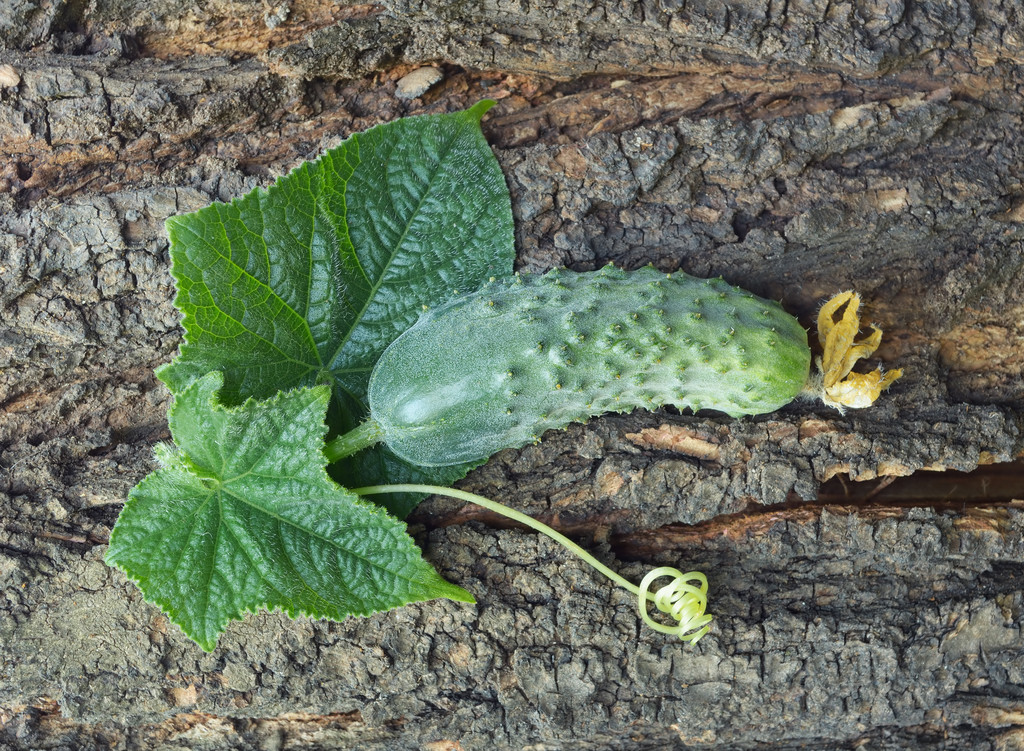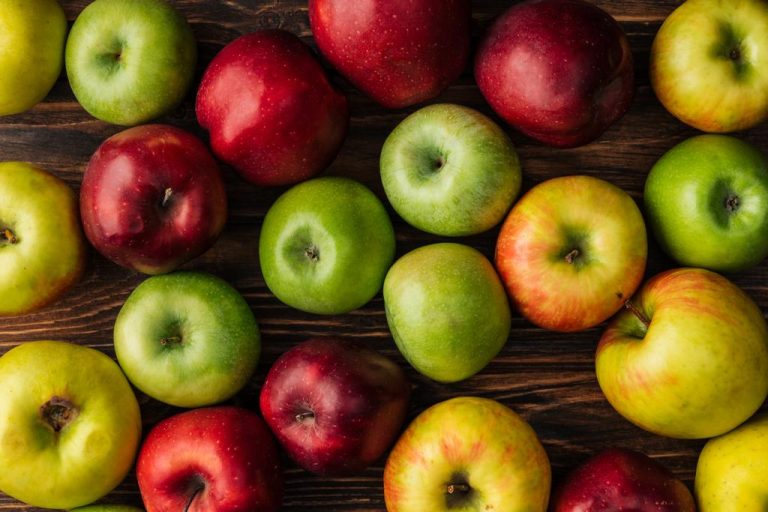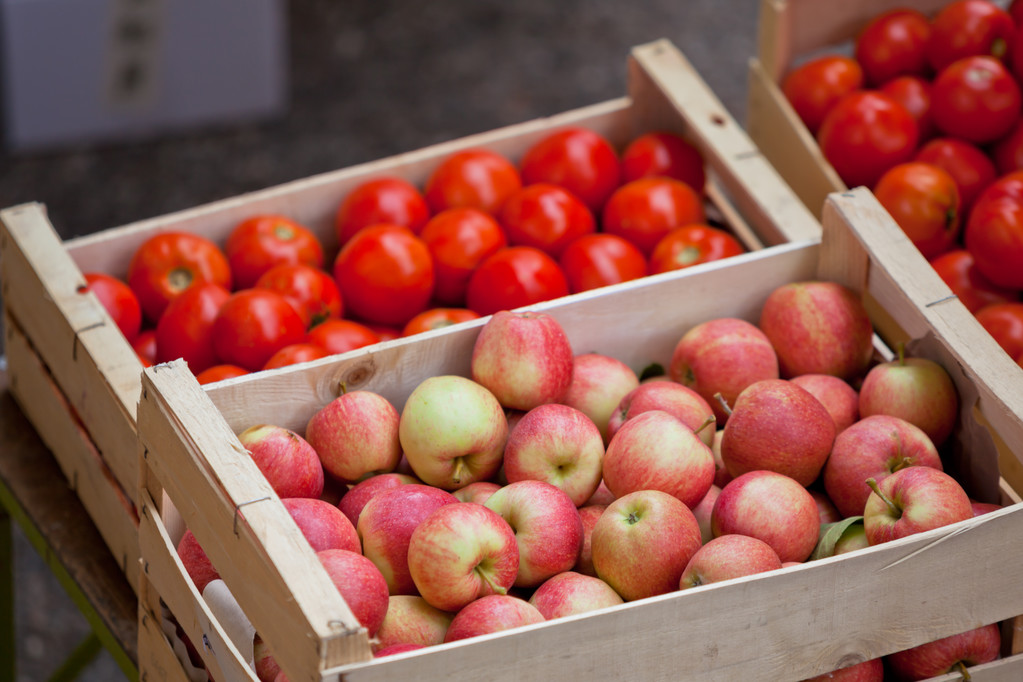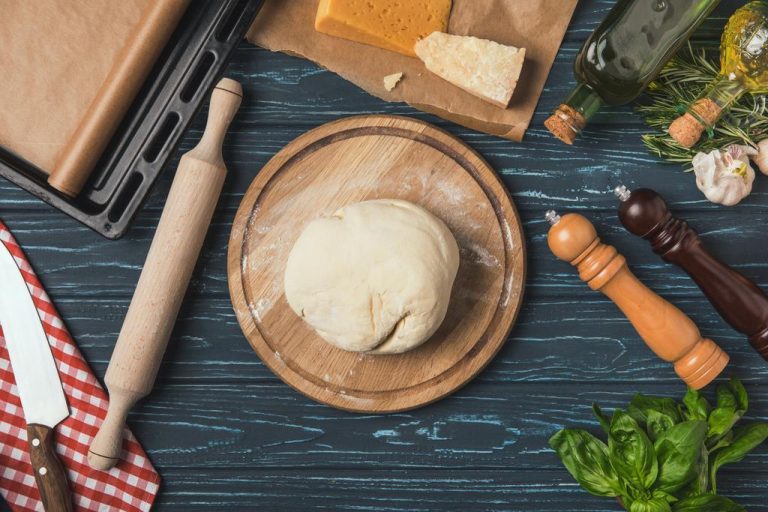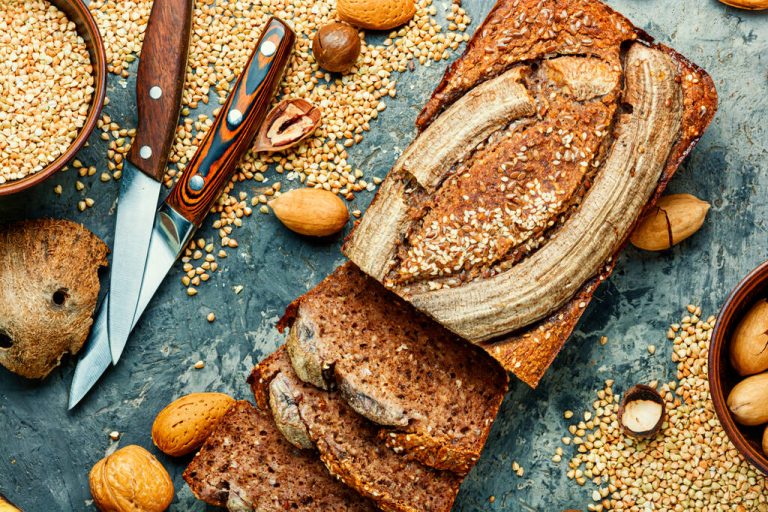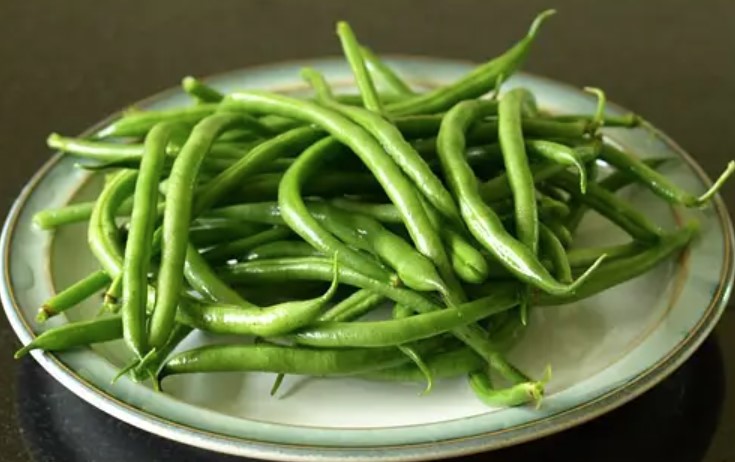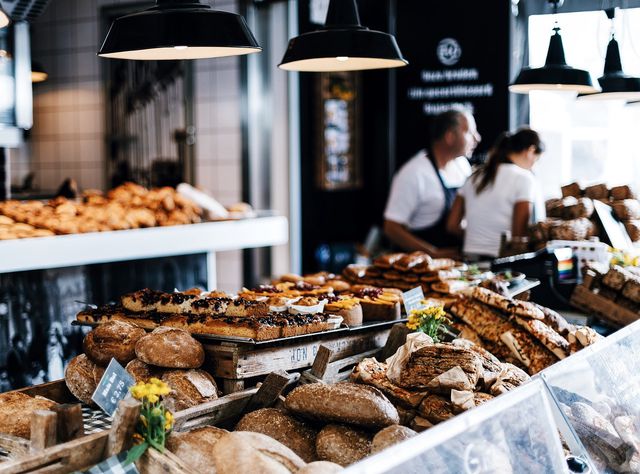To fry Pak Choi, you only have to pay attention to a few points. We’ll show you how to prepare the delicious Asian cabbage in a pan or wok.
Pak Choi, or Bok Choy or Pak Choy, is related to Chinese cabbage and is particularly popular in Asian cuisine. The vegetable looks similar to the local chard, but has its own taste with a mustard note. In this article you will find out how to fry pak choi deliciously.

Frying Pak Choi: Preparation
Basically, it is very easy to prepare Pak Choi in a pan or wok. Before you can start roasting, you must first prepare the cabbage:
Cut off the base of the stalk so that the leaves come loose one by one. If necessary, remove wilted leaves.
Wash each leaf thoroughly with water. To dry them off afterwards, you can shake them off or use a salad spinner.
Separate the leaves from the stems by either plucking them off or cutting them off with a knife. Keep the leaves separate from the stems, as you don’t want to add them to the pan at the same time afterwards.
Cut the stems and leaves into bite-sized pieces. Since the thicker stems in particular need a little longer in the pan, you can cut them a little finer.

Frying Pak Choi: This is how it’s done with a pan or wok
After you have washed and cut the pak choi, you can fry the cabbage. In Asian cuisine, the wok is usually used for this. In this you can serve Pak Choi particularly crispy. If you don’t have a wok, you can also fry the cabbage in a normal pan.
In Asian cuisine, pak choi usually goes into the wok with many other ingredients – for example other vegetables and diced tofu. But you can also serve Pak Choi separately with a side dish. The only important thing is to fry the stems first, as they take longer to cook.
How to fry pak choi:
Heat some oil in a pan or wok. In principle, you can use any oil that is suitable for frying. The Pak Choi is particularly tasty with sesame oil.
Then first put the chopped stalks into the pan and fry them for about three minutes.
Then add the leaves and fry them for about one, maximum two minutes.
Take the pan off the stove and season the fried pak choi with salt, pepper and some soy sauce.
Variations: Of course, you can also season Pak Choi creatively. Depending on your taste, some chilli paste, lemon juice, roasted sesame or peanuts are suitable.

